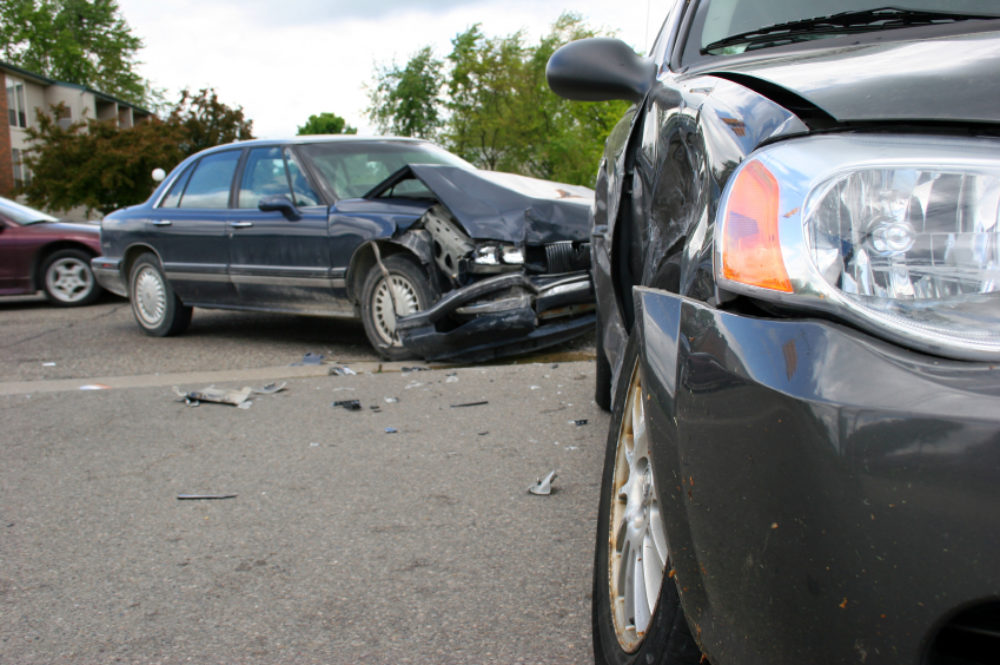Study Appears To Confirm Automatic Braking Systems Do Prevent Auto Accidents

Consumer safety groups are pressing the auto industry to standardize crash avoidance technologies in all new vehicles, such as automatic emergency breaking, as growing research establishes that the technology is decreasing the risk of rear-ender auto accidents and injuries.
In a new vehicle safety technology study released this month by the Insurance Institute for Highway Safety (IIHS), researchers indicate that drivers of vehicles equipped with autobrake and forward collision warning systems have 43 percent fewer front-to-rear crashes, when compared to those operating vehicles without any front crash prevention technology.
Forward collision systems are designed to alert drivers of hazards ahead so they may apply the brakes or veer away from the hazard in time to avoid a crash. The systems do not apply the brakes, but scan the roadways measuring distances between the vehicle and the obstacle and provide warning tones or visual alerts to notifying drivers to brake or steer away.

Did You Know?
AT&T Data Breach Impacts Millions of Customers
More than 73 million customers of AT&T may have had their names, addresses, phone numbers, Social Security numbers and other information released on the dark web due to a massive AT&T data breach. Lawsuits are being pursued to obtain financial compensation.
Automatic Emergency Braking (AEB) technology includes systems designed to prevent collisions in which the driver does not react fast enough or does not apply sufficient braking power to avoid or mitigate a crash. The AEB systems use multiple on-vehicle sensors such as radar, cameras, as well as lasers, to detect potential crash threats. AEBs are designed to recognize collision threats from these sensors and engage the vehicle’s brakes if the driver does not react quickly enough or apply enough braking power.
The study compared police-reported crashes across 23 states involving 2013 through 2015 Buick, Cadillac, Chevrolet, and GMC brands that had either one, both, or none of these crash avoidance technologies. Researchers used crashes where the point of impact involved the front end or rear end of a vehicle, which are the types of crashes these prevention technologies are designed to mitigate.
IIHS’s researchers discovered vehicles equipped with both forward collision warning and AEB had 43 percent fewer police-reported front-to-rear crashes of all severities, and 64 percent fewer front-to-rear crashes involving injuries, when compared to vehicles without the technologies.
Vehicles equipped with forward collision warning only were found to have one percent fewer front-to-rear crashes and 30 percent less crashes involving injuries.
Past studies have found forward collision warning and AEB systems are able to reduce front-to-rear crashes by nearly half. In a previous IIHS study involving Acura, Fiat Chrysler, Honda, Mercedes-Benz, Subaru and Volvo vehicles, the combination for the two technologies reduce crashes by 50 percent of all severities, and by 56 percent of those involving injuries.
Consumer Reports (CR) issued a statement following the study’s release, encouraging the automobile industry to implement the safety technologies in vehicles as standard equipment.
“These life-saving systems should be standard on every new vehicle that’s sold—and it should happen without delay,” William Wallace, senior policy analyst for Consumer Reports, said in the statement. “We urge all manufacturers to agree to the principle of ‘Safety for All’: If there’s a proven safety feature, it should be on all new cars. Consumers shouldn’t be forced to wait years or pay extra for safety technologies.”




0 Comments